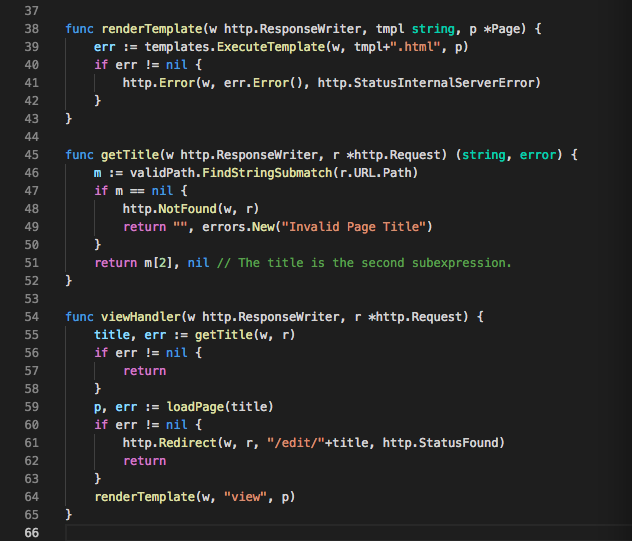


Moreover, these steps would not be necessarily performed in the mentioned order (Chesani et al., 2017). ( i) understanding the diagram ( ii) understanding the text ( iii) identify the best modelling and solving technique ( iv) possibly identify hidden knowledge. Obviously, the key challenge for computers is not connected to the complexity of the calculation required – which is quite limited – but rather to the steps that should precede the actual resolution, i.e. 1 The puzzle requires to solve a simple map-colouring optimisation problem, which would be trivial for a computer, if only text and diagram were converted into a machine-oriented formulation of the problem beforehand. Some of them can be solved by primary-school children, but no computer can autonomously provide a solution when only the textual and visual descriptions are given as input.įor example, consider the problem in Figure 1, assigned during an international competition between primary school students organised by PRISTEM Research Centre. In particular, those puzzles that require the interpretation of both a natural-language text and a diagram pose interesting questions to AI. ‘By the middle of the 21 st century, (a team of) fully autonomous agent(s) shall win a mathematical puzzle competition against primary school students, winners of the most recent competitions.’ ( 2017), one of the most interesting challenges of modern AI is the following. Mathematical puzzles are a perfect example of tasks that are quite easy for humans but still impossible for a machine. ( 2017), the best method to perform this combination of techniques is unlikely to be fully sub-symbolical, because arranging different intelligences together is not a matter of pure perception, like image processing, or voice recognition. In these tasks, computers cannot overcome human abilities because they still lack effective ways to automatically arrange together various techniques and the knowledge brought by each one. mathematical, spatial, logical, or common-sense reasoning), which must be applied and combined in the correct way in order to accomplish the final goal (Schneider & McGrew, 2012). From the point of view of cognitive science, these tasks involve different types of intelligence (e.g. Nonetheless, there still exist some tasks that are rather easy for a person but extremely complex for a machine. Sub-symbolical techniques were successfully applied to a plethora of contexts, like image recognition, Natural Language Processing (NLP) and many aspects of the problem-solving process, often achieving performance that equal or overcome the abilities of a human being. Over the last years, Artificial Intelligence (AI) achieved results that were just unthinkable some decades ago. An ability that can help potentially every human–machine interaction. This work can be considered as a first step towards the ambitious goal of a machine autonomously solving a problem in a generic context starting from its textual-graphical presentation. The library integrates the knowledge from different sources, and relies on the Prolog inference engine to provide the answer.
#Visual prolog expression is used when a formula is expected software
Analysing the resolution strategies required by the puzzles of an international competition for humans, we draw the design principles of a Prolog reasoning library, which interacts with image processing software to formulate the puzzle’s constraints. In this work, we employ logic programming to perform spatial reasoning on the puzzle’s diagram and integrate the deriving knowledge into the solving process. Sub-symbolical approaches have proven successful in fields like image recognition and natural language processing, but the combination of these techniques into a multimodal approach towards the identification of the puzzle’s answer appears to be a matter of reasoning, more suitable for the application of a symbolic technique. An emblematic example is the resolution of mathematical puzzles with diagrams. Despite the indisputable progresses of artificial intelligence, some tasks that are rather easy for a human being are still challenging for a machine.


 0 kommentar(er)
0 kommentar(er)
